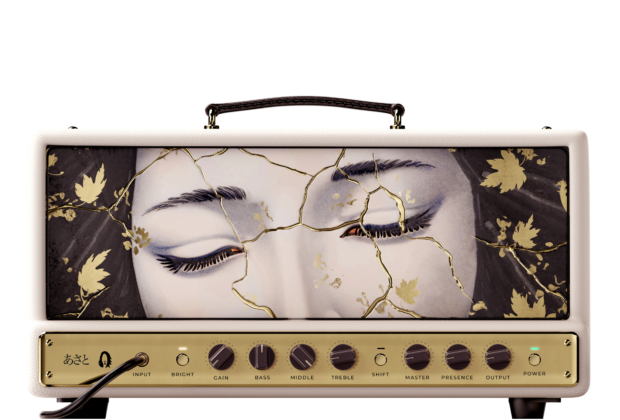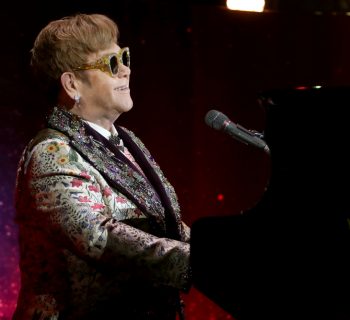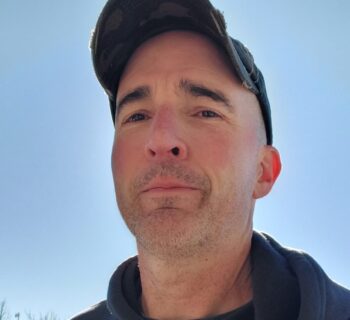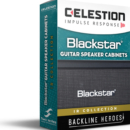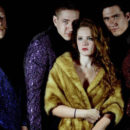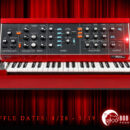Neural DSP has launched Archetype: Mateus Asato, the latest in a series of plugin collaborations with exceptional and unique world-class guitarists. Brazilian born Asato’s credentials are impeccable: he’s included on Top-10 Guitarist honor rolls, and his session credits reads like a who’s who of contemporary and classic artists, including Bruno Mars, Silk Sonic, Selena Gomez, Carrie Underwood, Joe Satriani, and many others who have sought out his distinct blend of technical prowess and soulful, expressive playing.
Now, Neural DSP has precisely and authentically virtualized this game-changing guitarist’s signature sound in Archetype: Mateus Asato.
Asato’s styles and tones range from silky smooth to edgy and assertive, and the collection of his amplifiers included with Archetype: Mateus Asato reflects that. A British-voiced amp made tighter, brighter, and punchier offers a “vintage-clean” sound – that’s incredibly dynamic and responsive, perfect for edge-of-breakup tones. A more modern clean tone comes from boutique re-interpretation of a Fender-style amplifier with huge headroom for big, warm, clean tones – and is ideal for use with single-coil pickups. Finally, a true lead sound design for mid-high gain with natural compression.
These are matched with a comprehensive cab-sim module with hundreds of impulse responses captured by Neural DSP and 10 virtual microphones that can be virtually positioned around the speakers. (This module also serves as a standard IR loader.) And no DAW? No problem. Archetype: Mateus Asato can run as a standalone app with no additional software required.
“Collaborating with Mateus was an adventure in creativity and inspiration,” observes Neural DSP’s CEO Douglas Castro. “His desire for a tool that could match the intricacies of his playing led us to create a plugin containing an unrivaled collection of boutique gear with the precision and innovation that only our state-of-the-art technology can offer. Archetype: Mateus Asato is a tribute to his talent, a celebration of his unique style, and an invitation to explore new horizons in your own music. We hope that using it will inspire our community as much as creating it has inspired us.”
Archetype: Mateus Asato Features
When it comes to effects, Archetype: Mateus Asato has everything in the guitarist’s own armory. These include an optical compressor that uses an optical cell to alter the dynamics of an audio signal and comes with a powerful tilt EQ (which can simultaneously boost one end of the spectrum while cutting at the other) as well as an additional mix control.
There are also two overdrive pedals — a mid-gain overdrive that also functions as a boost or a sound-shaping tool at lower gain values customized to Mateus’s requirements and a classic distortion/fuzz box model enhanced that delivers tones ranging from gentle overdrives to compressed fuzzes — and a modulation pedal that combines amp-like tremolo with a classic analogue chorus/vibrato effect. For EQ, there is one 9-band equalizer per amplifier, with high- and low-pass filters for total control over frequency response.
Archetype: Mateus Asato has ambience effects that combine some of Asato’s personal sonic nuances with Neural DSP’s ground-breaking technology. For instance, a brand-new delay algorithm emulates the speed up/slow down effect and characterful tape saturation and modulation of a classic vintage tape delay, with improved tap times that can be spread to a stereo field for ping-pong and circular delay tones.
The reverbs are lush and plentiful, including a highly ambient reverb designed for long decay tails with two distinct modes: “Hall,” inspired by classic 80’s studio reverbs, and “Plate,” evocative of modern studio-quality reverb pedals. Furthermore, both reverbs can decay to near infinity.
Other features include a redesigned user interface optimized for an even better user experience and a built-in live tuner that displays at the bottom of the UI.
“Archetype: Mateus Asato really captures what I set out to do every day on the guitar, which is to take creativity and let it flow easily,” says Asato. “Neural DSP was able to hear it as I hear it – and bring it to everyone through its amazing technology. It’s a beautiful accomplishment!”

